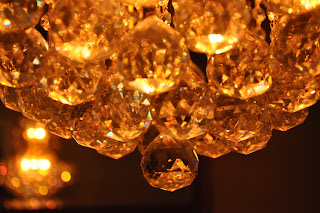- prepare in advance; make list of all equipment and supplies needed
- practice set-up routine ahead of time
- be relaxed
- have friend assist and adjust location of lights and hold reflector
-10-20 feet of clear space in front of background, plus room to sides
-background can be a roll of paper, background cloth, or wall
-stool in front 4-6 feet from background
2. -light about 45 degrees to right of subject
-reflector on subject's left side, about 3-4 feet away
3. -camera directly in front, 6-10 feet
-talk to subject, guide how to pose
Camera Settings
- formal portrait- shoot with wide open aperture to make the background out of focus
- normal lenses= f/2 or f/2.8
- zoom lenses= f/3.5 or f/4.5
- these f-stops will keep subject in focus and the background out of focus
- wide-open aperture-=increase shutter speed on camera
Indoors
- place one light 45 degrees angle on one side of subject
- use reflector on opposite side
- direct sunlight isn't the best lighting for portraits
- shooting in open shade good idea
- reflector to light up any shadows, 3-6 feet away
- cloudy days are great
- don't try to pose your subject
- take w/o subject noticing
- include your subject's surroundings
- be sensitive to subject's facial expressions
- include high and low perspectives, close-in and distance shots
- faster shutter speed like 1/250 and higher= freeze action
- use low built-in flash or accessory flash= get closer within range















